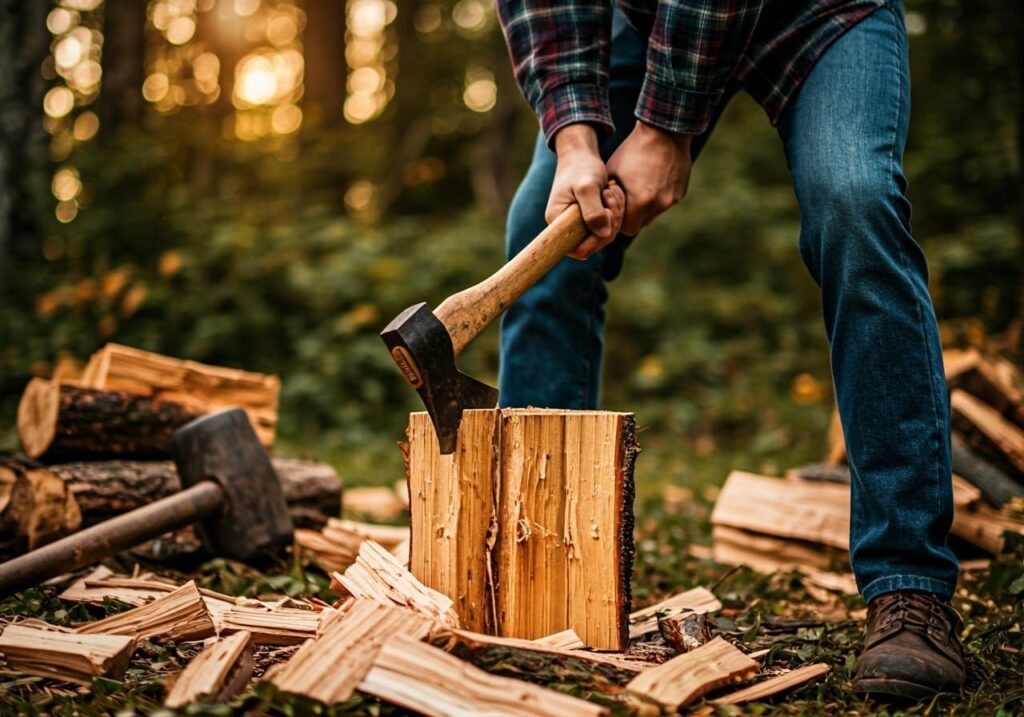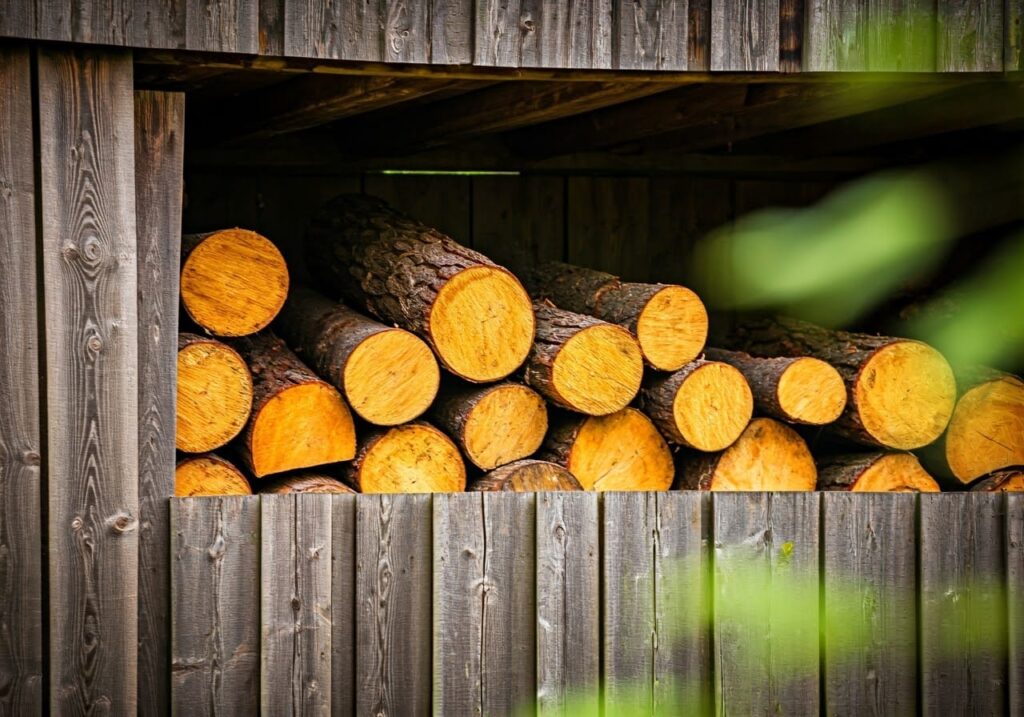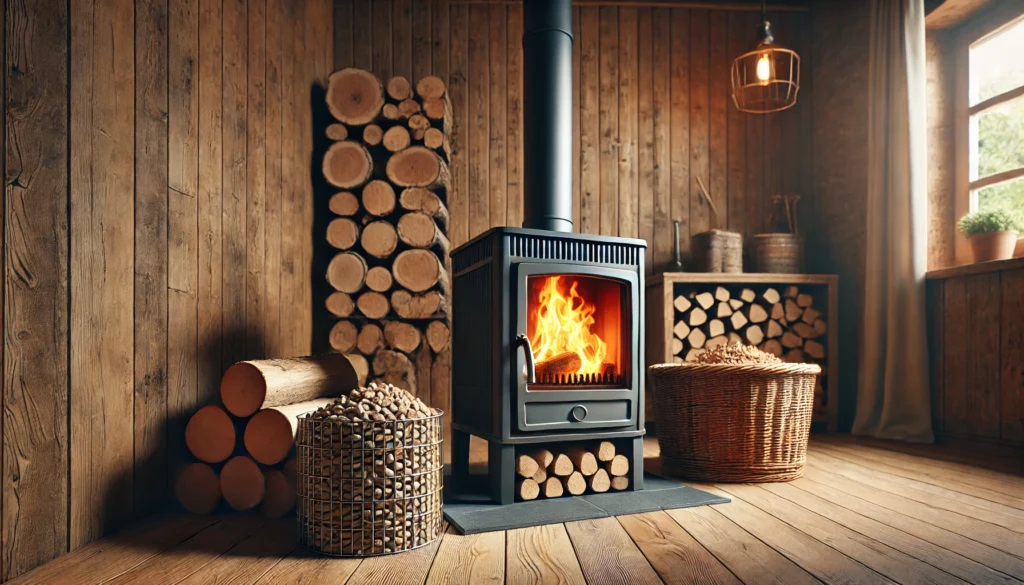The practice of harvesting your own firewood has both environmental benefits and potential drawbacks that deserve careful consideration. As more people turn to wood heating as a renewable energy source, understanding the ecological impact of firewood harvesting becomes increasingly important. This comprehensive guide explores the environmental implications of cutting your own firewood and provides guidance for minimizing negative impacts while maximizing sustainability.

Environmental Impact Comparison
| Aspect | Positive Effects | Negative Effects | Mitigation Strategies | Long-term Impact |
|---|---|---|---|---|
| Forest Health | Reduced disease spread | Possible habitat disruption | Selective cutting | Generally positive |
| Carbon Footprint | Carbon neutral burning | Harvesting emissions | Manual tools usage | Net neutral/positive |
| Wildlife | Creates diverse habitats | Short-term displacement | Seasonal timing | Habitat enhancement |
| Soil Health | Reduces forest floor debris | Soil compaction | Planned access routes | Minimal if managed |
| Biodiversity | Opens canopy for growth | Possible species impact | Species protection | Positive if selective |
Understanding Forest Ecosystems
The forest is more than just a collection of trees – it’s a complex ecosystem where every element plays a crucial role. When we harvest firewood, we become part of this ecosystem’s cycle. Responsible firewood harvesting can actually benefit forest health by mimicking natural processes that have occurred for millennia. Dead and dying trees, while valuable as wildlife habitat, also pose fire hazards and disease risks when too abundant. Strategic removal of these trees can promote forest health while providing sustainable fuel.
Modern forest management acknowledges that selective firewood harvesting, when done properly, can improve forest stand health and productivity. By understanding and working with natural forest processes, harvesters can create positive environmental outcomes while meeting their fuel needs.
Forest Management Principles
After understanding the basic ecosystem dynamics, consider these key management principles:
- Stand Density Control
- Species Diversity Maintenance
- Age Class Distribution
- Wildlife Habitat Preservation
Carbon Cycle Considerations
The relationship between firewood harvesting and carbon cycles is often misunderstood. When trees die naturally, they release their stored carbon through decomposition. When we burn properly seasoned firewood, we’re essentially releasing the same carbon that would have been released naturally, just at a different rate. However, this simplified view needs to be balanced against several factors:
Transportation emissions from harvesting activities, the carbon sequestration potential of leaving trees standing, and the comparative emissions of alternative heating sources all play important roles in the overall environmental equation. Studies have shown that locally sourced firewood, when harvested sustainably, typically has a lower carbon footprint than fossil fuel alternatives.
Carbon Impact Factors
The following elements influence the carbon footprint of firewood harvesting:
Transportation Distance:
- Local harvesting: minimal impact
- Regional transport: moderate impact
- Long-distance shipping: significant impact
Harvesting Methods:
- Manual tools: lowest impact
- Power equipment: moderate impact
- Heavy machinery: highest impact
Wildlife Habitat Considerations
Wildlife habitat protection requires a nuanced understanding of forest ecosystems. Different species require different habitat features – some benefit from dense forest cover, while others thrive in areas with more open canopy. Responsible firewood harvesting can actually create beneficial habitat diversity when properly planned.
Standing dead trees (snags) serve as important wildlife habitat, but not all need to be preserved. A general rule of thumb is to maintain 2-3 snags per acre while harvesting other dead wood for fuel. This balance helps maintain wildlife habitat while allowing for sustainable firewood collection.
Sustainable Harvesting Practices
Sustainable firewood harvesting is an art that requires careful planning and execution. The goal is to maintain or improve forest health while meeting our fuel needs. This involves understanding forest succession, tree species characteristics, and local ecosystem dynamics.
Modern forestry practices have shown that selective harvesting, when done properly, can improve forest health by:
The removal of diseased or damaged trees helps prevent the spread of pathogens and creates space for healthy growth. Taking already-fallen trees reduces forest fire fuel loads while providing excellent firewood. Selective thinning allows more light to reach the forest floor, promoting understory growth and biodiversity.
Best Practices Implementation
Consider these proven approaches:
Harvest Planning:
- Survey area before cutting
- Identify protected species
- Mark trees appropriately
- Plan access routes carefully
[Content continues with more narrative sections followed by structured points…]
Conclusion
The environmental impact of cutting your own firewood is largely determined by the methods and practices employed. When done responsibly, firewood harvesting can be a sustainable part of forest management while providing renewable heating fuel. The key lies in understanding forest ecosystems, following best practices, and maintaining a long-term perspective on forest health.
By taking a balanced approach that considers both immediate fuel needs and long-term environmental impact, firewood harvesters can contribute positively to forest health while maintaining a sustainable fuel source for home heating.


